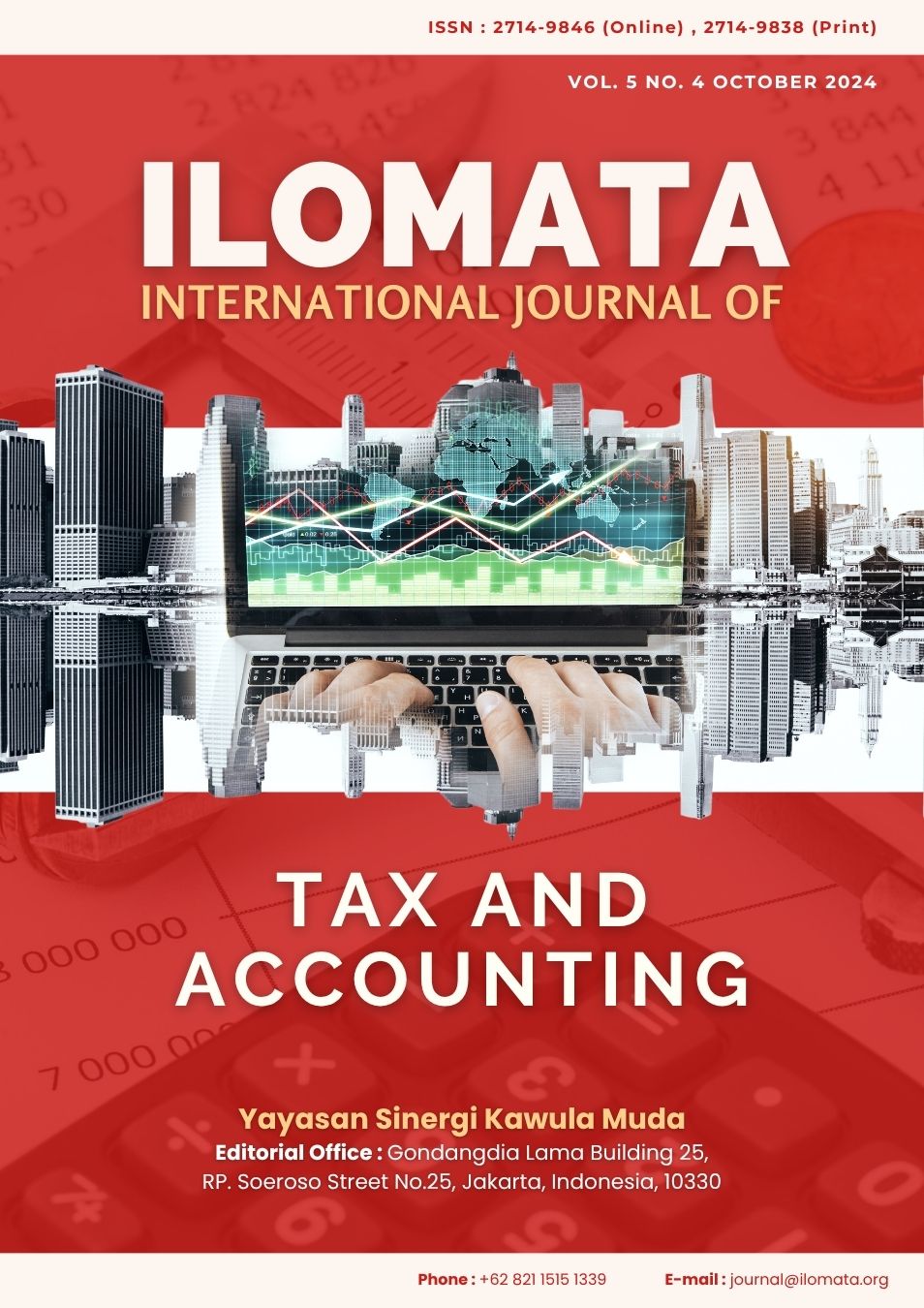Main Article Content
Abstract
Purpose: Pension funds administrators (PFAs) are currently seen as reliable catalyst for steady economic growth and development. The need to ensure management of pension funds in the best possible ways or most effective manner was borne out of the need to ensure that they yield better returns on investment. This study attempts to offer answers to three issues based on evidence from Nigeria. We attempt to find (a) to what extent has the density of pension contribution influence the investment performance of PFAs? (b) to what extent has idle contribution affect the investment performance of PFAs? And (c) to what extent does the pension contribution size induce the investment performance of PFAs?
Method: We applied the generalized least square (GLS) regression based on PFAs performance between 2014 and 2023, evaluate the connection between four financial assets that the PFAs in Nigeria invest in and the investment returns.
Results: We find that density of the contribution, idle contribution, contribution size, total pension fund assets and leverage are critical in determining the investment performance. A positive coefficient was reported for the adopted regressors for contribution density. This implied that the selected PFAs could improve their performance considerably if credence is given to their contribution density because contribution density is major key driver of a PFAs performance.
Novelty: We recommend measures that would boost the sustainability of pension funds, securing better retirement outcomes for contributors and strengthening Nigeria’s financial ecosystem.
Keywords
Article Details

This work is licensed under a Creative Commons Attribution 4.0 International License.

This work is licensed under a Creative Commons Attribution 4.0 International License.
References
- Abubakar, Y. (2017). Risk management in the financial services sector: The derivatives option. International Journal of Humanities, 2(4) 109-125.
- Abubkar A.M. (2015). Pension Fund Investment in Nigeria: Islamic perspective. Al-Madinah International University Journal, 1(2), 200-223.
- Adesodun I.A. & Raphael D. (2012). Pension Cin Nigeria: Causes and Solutions. Journal of Applied Chemistry, 2278-5736. 3 (2), 30-32.
- Ajibade A.T., Jayeoba, O.O., & Aghahowa E.O. (2018). Pension Fund Characteristics and Financial Performance in Nigeria. International Journal of Research and Innovation in Social Science, II(XII), 540.
- Allen, F. & Santomero, A.M. (1998). The theory of Financial Intermediation. Journal of Banking and Finance.1461–1485.
- Ameh, O. E., Ajie, H. A. & Duhu, I. G. (2017). Impact of Contributory Pension Scheme on Economic Growth in Nigeria: An Empirical Analysis. International Journal of Research in Humanities and Social Studies, 4(6), 24-35.
- Apriyanto G. & FirdiansjahA. (2019). The Implementation of Performance Assessment Model on Pension Fund by Modified Baldrige Assessment as an Attempt towards Good Pension Fund Governance. IOSR Journal of Business and Management, 21(2), 53-60.
- Aygoren, H. & Uyat, U. (2017). Performance of the Pension Fund Companies: Evidence from Turkey. European Scientific Journal, July 2017, Special Edition.
- Dopierała, L. & Magdalena M. S. (2021). Pension Fund Management, Investment Performance, and Herding in the Context of Regulatory Changes: New Evidence from the Polish Pension System. Risks 9(6). https://doi.org/10.3390/risks90100.
- Eke, P.O. & Onafalujo, AK. (2015). Interest Rate, Capital Market and Pensions Management: Lessons from Nigeria. African Journal of Business Management, 9(13), 542-552.
- Eme O. I., Uche, Okala A. &Uche, Ijeoma B. (2014). Pension Reform Act 2014 and the Future of Pension Administration in Nigeria. Arabian Journal of Business and Management Review 4(2).
- Ezugwu, C.I. & Itodo A. A. (2014). Portfolio Analysis of Pension Funds Investment in Nigeria. Kuwait Chapter of Arabian Journal of Business and Management Review, 3(12), August. 2014.
- Fapohunda, T. M. (2013). The Pension System and Retirement Planning in Nigeria Mediterranean Journal of Social Sciences, 4(2). Doi:10.5901/mjss.2013.v4n2p25.
- Handoko, D. (2015). Effect of Pension Funds, Asset Size and Return on Assets of Investment Portfolio Pension Fund in Indonesia. Business and Entrepreneurial Review, 14(2), 127 – 148.
- Iwegbu, O. (2020). Pension Fund, Financial Development and Output Growth in Nigeria. CBN Bullion, A publication of the Central Bank of Nigeria, 44(1).
- Jubair A. K. (2016). Effects of Pension Funds’ Investments on Capital Market Performance in Nigeria. IIARD International Journal of Economics and Business Management, 2(9).
- Nanda Y.V. & Atahau A.D. (2020). An Empirical Study on Pension Funds’ Portfolio and Investment Performance: The Effect of Pension Funds’ Size. JMK, 22(2), 115–121 DOI: 10.9744/jmk.22.2. Pp 115–121.
- Ngugi W., Njuguna A. & Wambalaba F. (2019). The Influence of Pension Scheme Maturity on Investment Strategies of Pension Funds in Kenya. International Journal of Business and Management, 13(10).
- Oluitan R. O. & Falode, O. (2020). An Empirical Analysis of Pension Funds’ Assets Influencing Infrastructure Financing in Nigeria. Journal of Business and Economic Policy, 7(2), doi:10.30845/jbep.v7n2p6.
- Scholtens, F. & van Wensveen, D. (2000). A Critique on the Theory of Financial Intermediation. Journal of Banking and Finance, 24 (2000) 1243-1251.

